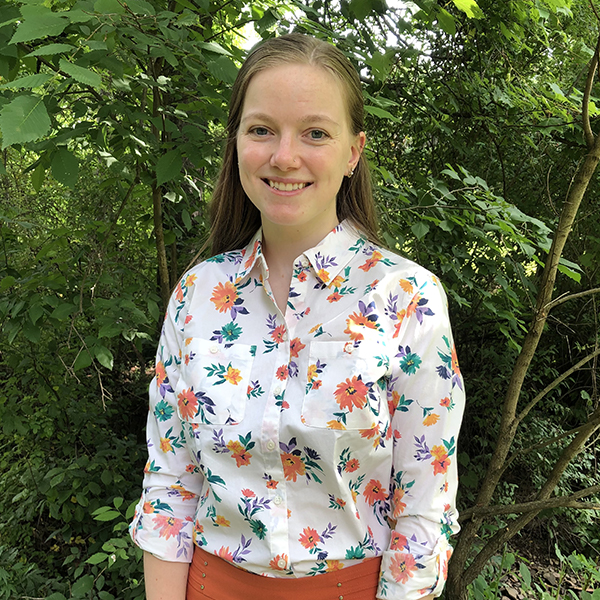
Finding a Way Home: Examining Outcomes of Foster Care after Maltreatment

Name: Sky Gill
Major: Statistical and Data Sciences
Minors:Sociology, Environmental Studies
Advisors: Dr. Christina Horr, Dr. Jillian Morrison (second reader)
Foster care in the United States heavily favors reunification as the permanency outcome for foster children. This means that the foster child returns home to live with their biological parents. Without disregarding the extreme importance of biological parents for a child, it is possible that an adoptive family who provides a healthier environment for a child could be more beneficial for the well being of the child. It is not uncommon for reunification to fail, and the child is once again removed from their home and placed in foster care.
This study aims to look at several child and parental characteristics in relation to their foster care outcome in order to determine current patterns in the foster care system. In order to accomplish this goal, data was obtained from the National Data Archive on Child Abuse and Neglect (NDACAN) on children in foster care and children who experienced maltreatment in 2019. This analysis is presented through several interactive dashboards, which were created using Tableau, as well as a multinomial logistic regression model created in R. The results of this multinomial model emphasize noteworthy variation in outcome between children who experience different types of maltreatment and have different demographic characteristics. Based on model results and visualization findings, considering alternative outcomes to reunification earlier in a child’s foster care stay may be beneficial, given the child has certain characteristics or experiences.
View Sky’s Data Visualizationhttps://public.tableau.com/views/FindingaWayHomeExaminingOutcomesofFosterCareAfterMaltreatment/IntroDash?:language=en-US&:display_count=n&:origin=viz_share_link
Posted in Comments Enabled, Independent Study, Symposium 2022 on April 26, 2022.
6 responses to “Finding a Way Home: Examining Outcomes of Foster Care after Maltreatment”
Related Posts
Related Areas of Study
Statistical & Data Sciences
Use statistics, math, and computer science to gain insights into data and solve real-world problems.
Major MinorSociology
Closely affiliated with the Anthropology program, sociology majors at The College of Wooster take core courses in research methods and theory.
Major MinorEnvironmental Studies
Natural sciences, social sciences, and humanities courses combine for those who want to be part of environmental solutions
Major Minor


I found the information presented enlightening. Not being too familiar with the forms of maltreatment and the likelyhood of the resulting outcome it was interesting to explore the various interactive graphs.
Thank you, I’m glad the interactivity is useful!
As someone who works for a large child welfare organization where achieving legal, physical and relational permanency for youth is a core element of our mission, I was very interested in this presentation. Couldn’t agree more with the vulnerabilities you highlight for youth who age out. As a system we often struggle with several important barriers to achieving better outcomes including the scarcity of adoptive homes to meet the needs of youth, particularly older youth your presentation highlights. In addition navigating relationships with bio parents who have engaged in child maltreatment is often complicated by often very imprecise and family specific assessment of when reunification should no longer be the goal…..when do you give up on a parents capacity to change/learn/improve with treatment? Further complicating permanency is youth ambivalence around adoption. Often there are loyalty issues around relationships with bio family that complicate smooth and easy transitions into adoptive homes that need to be navigated. Very much enjoyed the presentation and your excellent use of Tableau. I hope you continue to pursue your research/data interests in the child welfare space. Great job!
Thank you for your thoughtful comment, Michael! I appreciate hearing your perspective as someone who works in the child welfare sphere. I agree with all the points you are making about the difficulties that surround making changes in the system because of the naturally large variability between cases and instances of maltreatment. I hope to keep working in this area in the future and will keep all of your insights in mind!
Hi Sky! this is very enlightening. Seeing each data point as an actual person makes this problem so real. I am glad you were able to explore a topic you are passionate about! I hope that we as a society can address this problem better one day.
Thank you, Dr. Morrison! It was great to learn more about the topic and I hope we can find solutions to these issues as well.